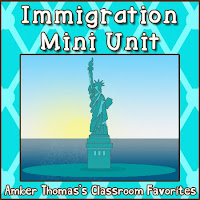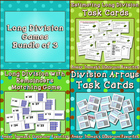Today, mid-lesson I got a phone call from my principal about a serious issue and had to step outside of my classroom. When this happens I have the door open a crack because of the phone cord. There's also a window so I can see most of the kids as well as hear them well enough. So I can see that as usual, kids will be kids, they get all chatty and silly as I'm on the phone.
The call put things in perspective for me, so really all I was thinking as I re-entered the classroom wasn't, "how dare you get off task," but, "yeah, they were noisy but no one's hurting anyone," so I was probably only about to say something like, "okay kids, back to work," but before I could, my resident wise-guy calls out from the back of the room with a manic grin:

"We were SO good when you were gone. Really quiet, too."
I paused a moment, just appreciating the kid's sense of humor while fighting back a smile, as he and I made mental notes of the reactions of his peers. Who stood up for him and laughingly agreed, who betrayed him and said, "yeah right." And I also took a moment share a knowing look with that patient, watchful student who said nothing, imitated my wait time and half-smile, and made me think not for the first time this year, "this one is definite teacher material if she chooses that path."
 If it was September, I wouldn't have the luxury of enjoying that moment. And if it was September, I certainly wouldn't have told him, "Yes, I thought I saw your halos shining from the window over there."
If it was September, I wouldn't have the luxury of enjoying that moment. And if it was September, I certainly wouldn't have told him, "Yes, I thought I saw your halos shining from the window over there."

















